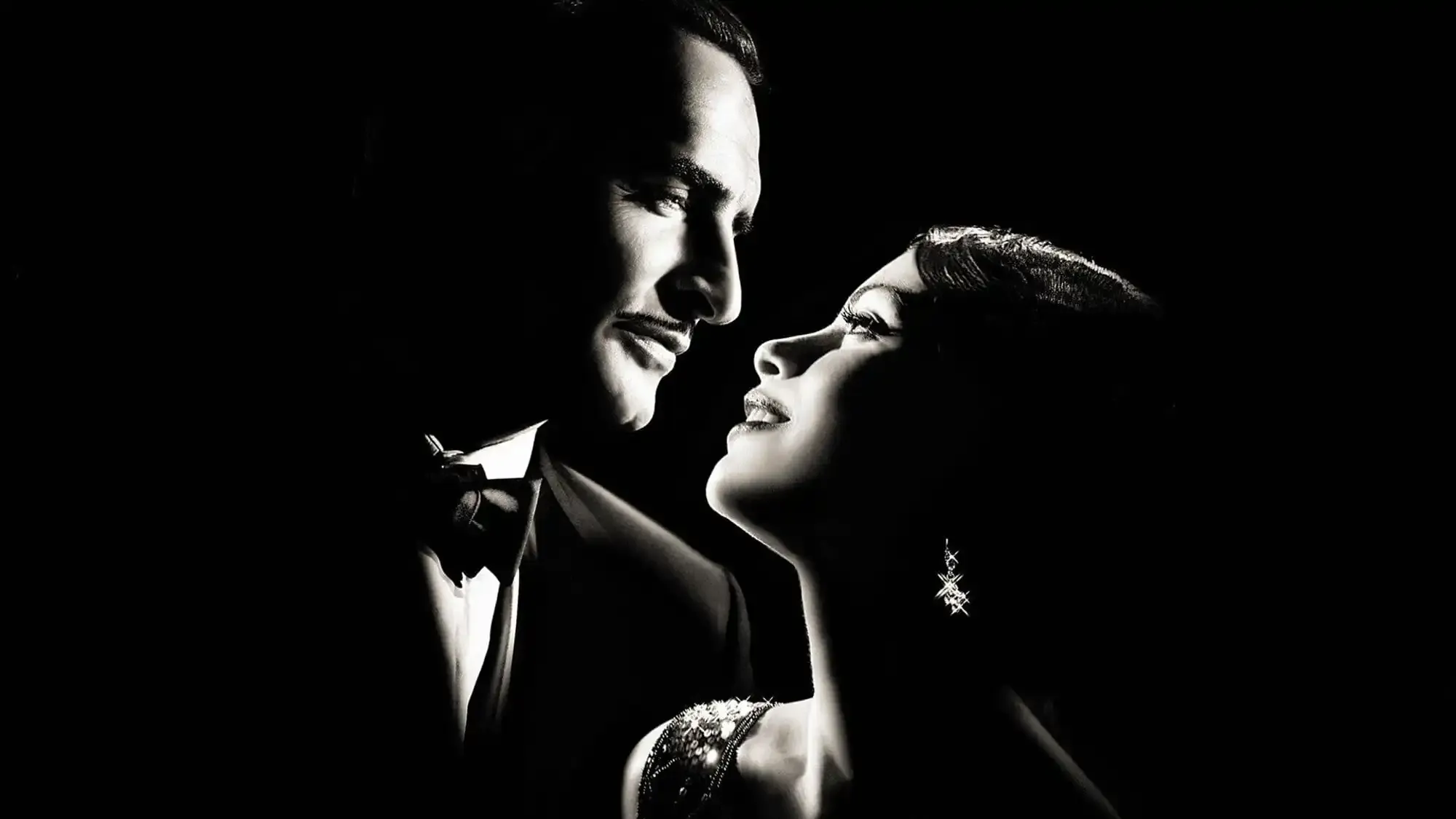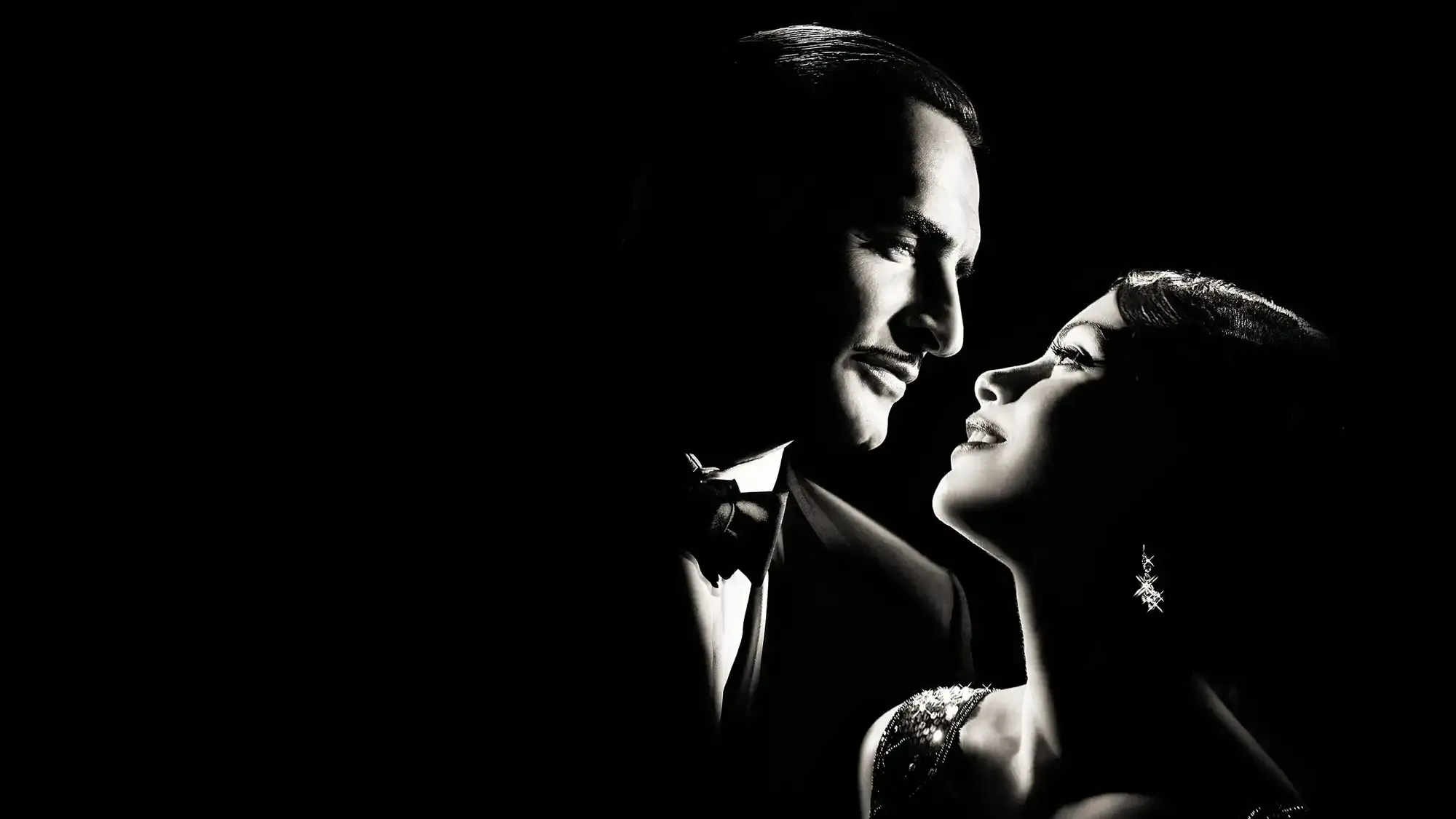"The Artist: A Masterpiece of Silent Cinema"
Posted Sunday, Feb 11, 2024 139
The Artist takes place in Hollywood during the late 1920s and early 1930s and follows the story of George Valentin, a silent film star whose career takes a nosedive with the arrival of talkies. Meanwhile, Peppy Miller, a young extra, rises to stardom in the new era of sound film. As their paths cross and diverge, the film explores themes of pride, love, and the timeless struggle between tradition and innovation.
The film`s themes revolve around the transition from silent films to talkies, the impact of fame and pride on personal relationships, and the eternal tension between old and new. The tone of the movie is nostalgic, bittersweet, and whimsical, capturing the essence of the bygone era of silent cinema.
Jean Dujardin delivers a captivating performance as George Valentin, embodying both the charm and the vulnerability of a fading star. Bérénice Bejo shines as Peppy Miller, exuding youthful exuberance and ambition. The chemistry between the two leads is palpable, and their performances elevate the emotional depth of the story.
Writer-director Michel Hazanavicius demonstrates a masterful command of the silent film aesthetic, employing visual storytelling and expressive performances to convey the characters` inner turmoil and poignant moments. His direction pays homage to the artistry of silent cinema while infusing the narrative with modern sensibilities.

Ludovic Bource`s enchanting score serves as the heartbeat of the film, seamlessly complementing the visual narrative and evoking a range of emotions. The music elevates the storytelling and captures the essence of silent era compositions, accentuating the film`s nostalgic ambiance.
The black-and-white cinematography by Guillaume Schiffman is a visual feast, evoking the luminous grandeur of classic Hollywood while meticulously capturing the characters` emotional states. The use of light, shadow, and framing enhances the film`s emotional resonance, transporting the audience to a bygone era.
The meticulous attention to detail in the production design, from set pieces to costumes, authentically recreates the opulence and glamour of 1920s Hollywood. The art direction and costumes immerse the audience in the world of the film, infusing every frame with period authenticity and visual splendor.
While The Artist pays homage to silent cinema, it doesn`t rely heavily on special effects. Instead, the film emphasizes practical and visual storytelling techniques, celebrating the art of performance and cinematography to convey its narrative nuances.

The seamless editing by Anne-Sophie Bion and Michel Hazanavicius enhances the film`s pacing and rhythm, ensuring that each scene unfolds with a sense of grace and fluidity. The juxtaposition of visual sequences and rhythmic cuts sustains the film`s engaging momentum, echoing the stylistic nuances of silent era films.
The film`s pace is deliberate yet immersive, allowing the audience to luxuriate in the sumptuous visuals and the emotional resonance of the story. The measured pace captures the languid elegance of silent cinema while maintaining a contemporary accessibility that captivates modern audiences.
Given the nature of the film as a silent homage to the silent era, dialogue is sparse. However, the non-verbal communication and expressive gestures of the characters convey a wealth of emotion and meaning, reinforcing the power of visual storytelling and the universal language of cinema.
While The Artist is a triumphant celebration of the silent film era, some viewers may find the deliberate homage to be overly nostalgic. Additionally, the film`s reliance on familiar tropes and archetypes may feel predictable to some, lacking in innovative storytelling or subversion of classic Hollywood conventions.
The Artist is a mesmerizing love letter to the golden age of cinema, transporting audiences to a world of timeless glamour, heartrending drama, and poignant romance. Michel Hazanavicius`s masterful direction, combined with stellar performances and exquisite technical craftsmanship, results in a cinematic masterpiece that not only honors the legacy of silent film but also resonates with profound emotional depth. The Artist stands as a testament to the enduring power of visual storytelling and the indelible magic of cinema.